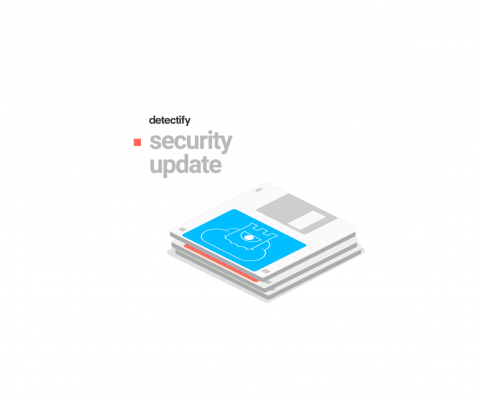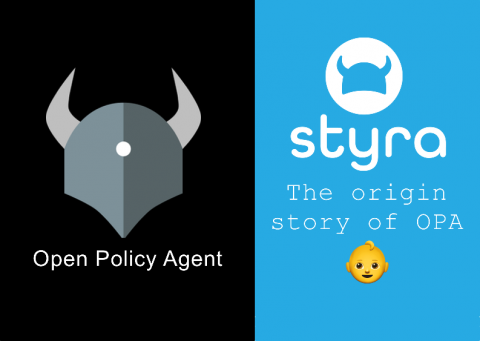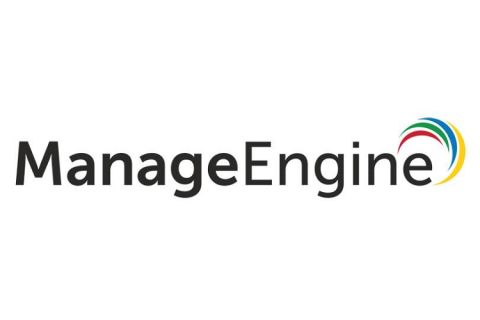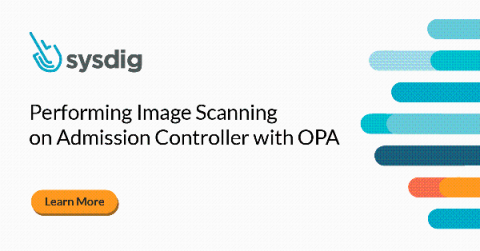5 most common mobile phishing tactics
Phishing is one of the things that keeps CISOs up at night. Phishing attacks are effective and simple to launch, and used by financially motivated attackers as well as more targeted attacks. In the case of a targeted attack, it may harvest login credentials to gain access to corporate or personal resources. In fact, sometimes corporate access can be used to steal personal data, and vice versa.










